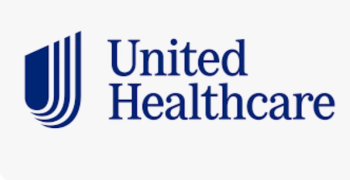
Pathway to more Medicare stars
Bonus payments will be based on quality scores - a five-star standard - but now the rules are slightly more relaxed to allow time for phasing in.
Health plans breathed a sigh of relief when the Department of Health and Human Services (HHS) decided to delay part of its Medicare Advantage (MA) payment strategy. Bonus payments will be based on quality scores-a five-star standard-but now the rules are slightly more relaxed to allow time for phasing in.
A $6.7 billion infusion of federal funds will be up for grabs as MA plans aim for five-star quality ratings, which insurers and consultants generally agree are useful but need to be tweaked. Originally, only plans that received four stars or more in the 2011 assessment would receive bonus payments. However, MA plans rated as "average"-those with three or three-and-a-half stars-will receive bonuses now, albeit at lower levels.
Before the change was announced in April, only 25% of Medicare Advantage plans would have been eligible for extra payments. Under the new plan, 80% of plans become eligible. The reprieve is temporary, however, as the original bonus level will now begin in 2015.
Paul Keckley, executive director of the Deloitte Center for Health Solutions, says he was not surprised by the CMS action to delay broad use of the ratings system to affect payments. Industry pressure to phase in a number of reform changes has been plentiful.
"As a data guy, I want to see actionable differences in performance," Keckley says. "But what they did was an interesting start. Three years from now, what you see will be better."
At stake is the future of Medicare Advantage plans. More than one-quarter of the 46.4 million people eligible for Medicare are enrolled in MA plans. If managed care organizations can't find profit in the market, many will drop out, causing fewer choices for consumers, which the federal government would likely be pressured to address.
The star-rating quality system for Medicare Advantage bonuses comprises 36 measures across five broad categories, with the stated intent to reward those plans that provide higher quality care. But disparities across plans can be seen, which may be one reason why HHS backed off from full implementation for the upcoming plan year.
Analysis by the Kaiser Family Foundation found that only three contracts out of 523 received an overall rating of five stars. Those were all nonprofit HMOs. Of the 74 contracts that received four or four-and-a-half stars, concentrations can be seen along the West Coast and in the Northeast.
In the nation's heartland, many plans aren't rated because they're too new or too small for analysis, says Gretchen Jacobson, principal policy analyst and one of the report authors. Nearly one-quarter of contracts, comprising 9% MA enrollees, were not rated in the 2011 plan.
In determining a rating, the Centers for Medicare and Medicaid Services (CMS) has moved to using the overall score: a combination of the summary score and its rating for Part D prescription coverage. Summary scores have increased 14% between 2009 and 2011, part of which can be attributed to a change in the scoring metrics. During the same time period, average Part D scores have decreased nearly 6%. The 2011 ratings are the first to use the overall score.
"CMS was required to [compile ratings] in prior legislation, so these scores have been publicly available," Jacobson says. "This helps Medicare Advantage enrollees make good decisions and allows the monitoring of plan quality."
Newsletter
Get the latest industry news, event updates, and more from Managed healthcare Executive.


















































